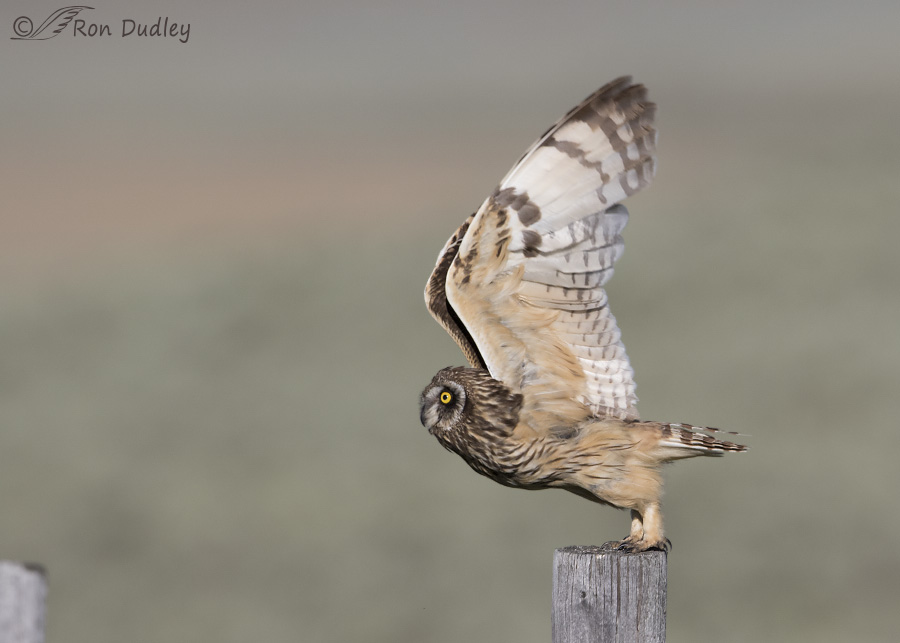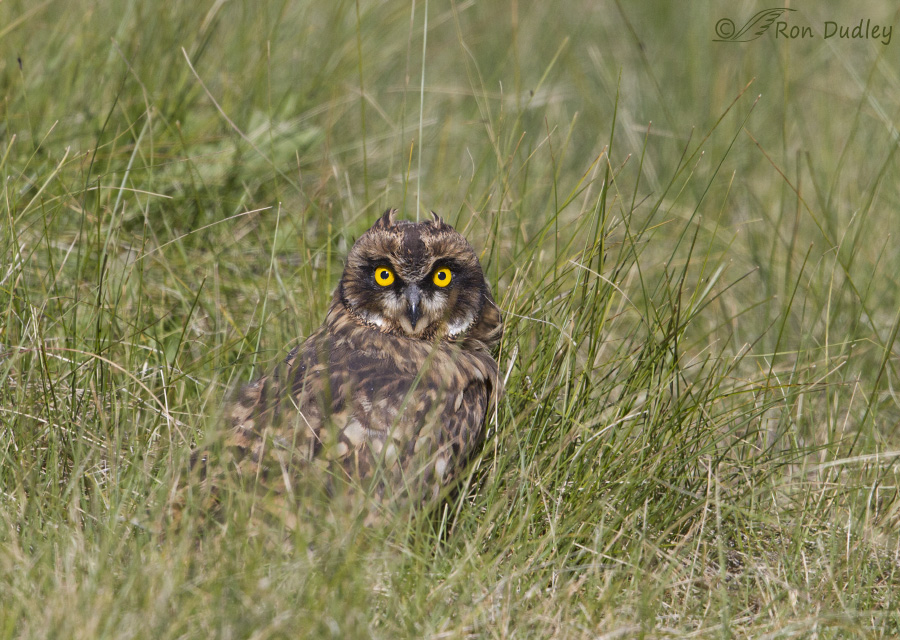In my experience Short-eared Owls have been few and far between in several western states for the entire nine years I’ve been photographing birds. Not so this year!

1/3200, f/7.1, ISO 500, Canon 7D Mark II, Canon EF 500mm f/4L IS II USM + 1.4 tc, not baited, set up or called in
I photographed this one last week on my camping trip to Montana and Idaho. I had good luck with a family of SEO’s six years ago in Montana’s Centennial Valley but since that time they’ve been almost nonexistent in that area. Occasionally I’d spot a single bird in the distance but usually on my trips to the region I didn’t see a single one. But last year I began to see a few more of them in that area of Montana and Idaho and this summer, over two trips and a total of about 12 days, their numbers have obviously increased dramatically in the region.
The same seems to be true for northern Utah. Short-eared Owls are super-abundant in Box Elder County where it used to be unusual for me to see them.

1/4000, f/7.1, ISO 640, Canon 7D, Canon EF 500mm f/4L IS II USM + 1.4 tc, not baited, set up or called in
And they’re apparently reproducing like rabbits in both areas. I’ve photographed many SEO fledglings in Utah this summer (I’ve posted several of them here) and reproduction in Montana and Idaho seems to be almost as successful. This young fledgling was one of three siblings we found in Montana’s Centennial valley last week but we saw others too (I enjoy the erect ear tufts in this youngster – something I seldom see in SEO’s this young).
I’m trying to avoid jumping to unwarranted conclusions. After all, Short-eared Owls are known to be nomadic and to have considerable local variation in numbers and reproductive success because of the naturally fluctuating populations of their primary prey – voles.
But I’m definitely encouraged by my anecdotal observations, partly because the apparent resurgence of this species seems to be spread over large regions of several states.
Ron


I really, really hope that the cycle continues on its upswing. As I had said often ‘too many owls would be barely enough’. Which I can say with confidence because I am not a vole.
Sad to hear about algae bloom on your side of the world. Our lake(s) get closed because of it each year now. Which I don’t remember ever happening when I was a yoof.
“Yoof” – ha, had to look that one up, EC. I figured out what it meant by context but was still curious enough to confirm it. Even with my British roots that was a new one for me…
Ron, very nice shots!!
I believe predators fluctuate, cycle with their prey. As the vole population goes up so will the Owls and other predators.
Of course as they diminish the prey so will their numbers diminish.
Politically I’ll stay on the outskirts and watch others get caught up in the weeds, but I agree with Alan and Laura.
Yup, they do fluctuate, Dick. Particularly SEO’s with their mostly specific diet of voles. But in nine years I’ve never seen anywhere near this many and that’s over parts of three different states so it gives me hope that there may be a long-term rebound in their numbers over a large geographical region.
But hope is all it is and I know it may not pan out…
Alan, come East young man come East!! VBG!!
Beautiful shots, Ron! Those ear tufts are cute for sure and the owl taking off is magnificent. Hopefully they are doing well and not just being nomadic!
Those ear tufts are cute for sure and the owl taking off is magnificent. Hopefully they are doing well and not just being nomadic!
Thanks, Judy. I have my fingers crossed about their possible resurgence. Their numbers in many areas across the country have definitely gone down.
Just great shots!! I love the one in the grass.
Thanks very much, Carol.
I love the ear tufts up. I hope SEO are having a successful year. I have enjoyed seeing the great numbers this year. We have also seen more Long Eared Owls in the wild this year too. We even had a juvenile LEO come in for rehab with a similar injury as your SEO. The most perplexing story was the Saw Whet juvenile brought to us by the DNR who fledged during the Arts Festive at the City and County Building. Everyone is shocked about the Saw Whet nesting in down town Salt Lake City. Must be a good owl year all the way around.
April, I haven’t seen a LEO since last winter.
That’s amazing about that Saw Whet!
The LEO were in the Stansbury mt range, west side by Tooele. I did not see as many adults as Juvenile. I think the juvenile are more curious and show themselves.
Love your pictures !!! Wish I could find a short eared owl. Haven’t found one on Western slope. And I’m out 3 days a week. The Swainson in my backyard has 2 babies same as last year. So exciting. To Alan… Yes please don’t talk politics… Some of us are Republicans… Sorry
Marina, Perhaps the reason you haven’t seen them is that they prefer short grassland habitats which I don’t think are very plentiful in your area…?
Those eyes, stand out, like the color, tells you they look at us like we look at them.
They sure do, Steven. They’re very aware of anything going on around them.
Love these shots, both the launch and the outrageously beautiful shot of the juvie on the ground, “ears” up and gorgeous. Also love the resurgence of SEOs and the voles they like to eat and feed to the kids. Insert the normal “Oh WOW!” and other ridiculously redundant comments!
I think (GUESS) the raptor/predator populations fluctuate constantly with the availability of food. When food is abundant, raptor/predator populations surge to balance the environment (if you will). Similarly, when food is scarce, raptor/predator populations shrink to fit that reality. Like water, Nature seeks balance, and if we’d just leave it alone and stop managing it, well, you know. Preaching to the choir here!
“I think (GUESS) the raptor/predator populations fluctuate constantly with the availability of food”
That’s right, Laura. But SEO populations are more variable than most raptors because they eat voles almost exclusively in many areas. When the vole’s naturally cyclic populations go down, so does the number of owls.
I hope that the SEOs really are increasing in population. That would be very good news. This is a species I’ve never seen, and I’m guessing that their name comes from the ear tufts.
“I’m guessing that their name comes from the ear tufts.”
It does, Susan. Usually they’re held flat on their head so they’re difficult to see – thus the name.
I like the fledging one a lot. Very sweet look.
Thanks, Arwen.
Terrific “launch” shot Ron, perfect timing ;`).
I know you don’t want / shouldn’t speculate as to the success of the SEO’s this year. I’d hope there’s plenty of vole prey for the fledglings to survive.
Down here in Tucson it’s getting hotter each year, breaking records for the “hottest summers recorded” again this past June at 115° on Father’s Day. Are you experiencing warmer than normal – or a “new normal” hotter climate that might contribute to the vole population?
Oops, there I go – speculating in the face of our renowned Republican politicians that deny the facts in the face of what some would call “undeniable evidence”.
I’m sorry for the politics, wrong place to vent, must be the freak show going on in Ohio this week. Delete if you like.
Alan I’m contemplating a move to Arizona, but I’m trying to head farther north. Those heat spikes are scary to me. As for the rest, especially the freak show in Cleveland, I’m right there with you, doing the best I can to avoid screaming out loud.
Laura, head North to Flagstaff for a breath of sanity. I’d give Phoenix a “pass” myself, besides being way too hot it’s much to conservative.
My wife and I moved to Tucson in 2007, looking to get away from the cold / damp of northern CA (4 hrs north of SF, close to the coast). At 69 yrs my “arthur” needed the heat for relief.
We’ve been surprised at the progressive attitudes here, there certainly not the normal for Southern Az.
Having the U of A here surely helps but there’s a fair amount of bigotry, just ask the folks that visit the Islamic Center in the shade of U of A dorms ;~(
Best of luck on your possible move! Alan
PS: I was a high school/JR college Vocational Automotive teacher for 25 years in CA. Blew out my back in a shop accident.
My point is I don’t know how teachers survive here, the pay is the worst in the US!
It’s getting hotter here too, Alan. The heat (combined with the pollution – phosphates, etc) has caused a toxic algal bloom in Utah Lake and the lake has been “shut down”. It’s now moving north in the Jordan River.
Ron, I saw that you were commenting on the temps being hotter and I read the news. I didn’t know about the algae bloom, sounds like Florida ;~(.
Lack of water is a major concern here. I think Lake Mead is in it’s 16th year of drought or low rainfall? I drove by it on the 4th of July, pretty startling to see in person. That’s our (and a lot of other people’s) source of water! Beside that it’s our main source of clean hydro power and because it will be reduced with the lake level AZ is going to go back to the 2 dirtiest coal fired plants in the West! Both are on indian reservations and have been able to avoid some of the Federal regs to clean up their act!
Our congress man and woman are fighting to throw out the newest Clean Air Act because it might cost 250 jobs at those plants!
Just how “shot sighted” can someone get? These elected official are like Ostriches, but their heads aren’t in the sand, their where the sun never shines but it’s not sand!
Makes me sick for my grandkids, sick and frightened.
Sorry, I just can’t get started – I don’t know when to stop ;~(.
You’re and Mia’s work is so inspiring I hate to sully it with politics!